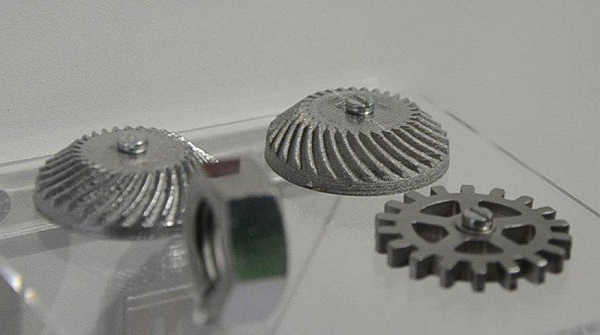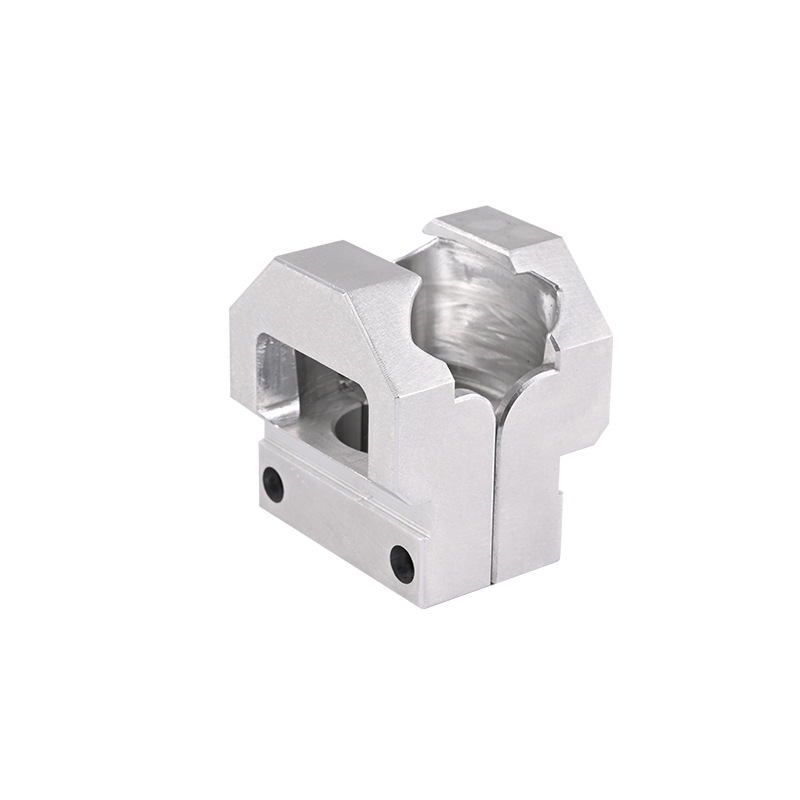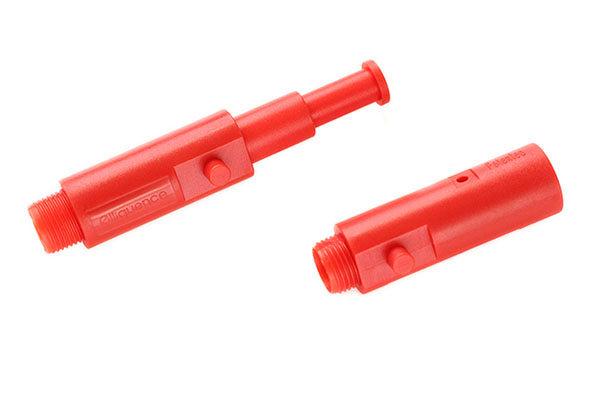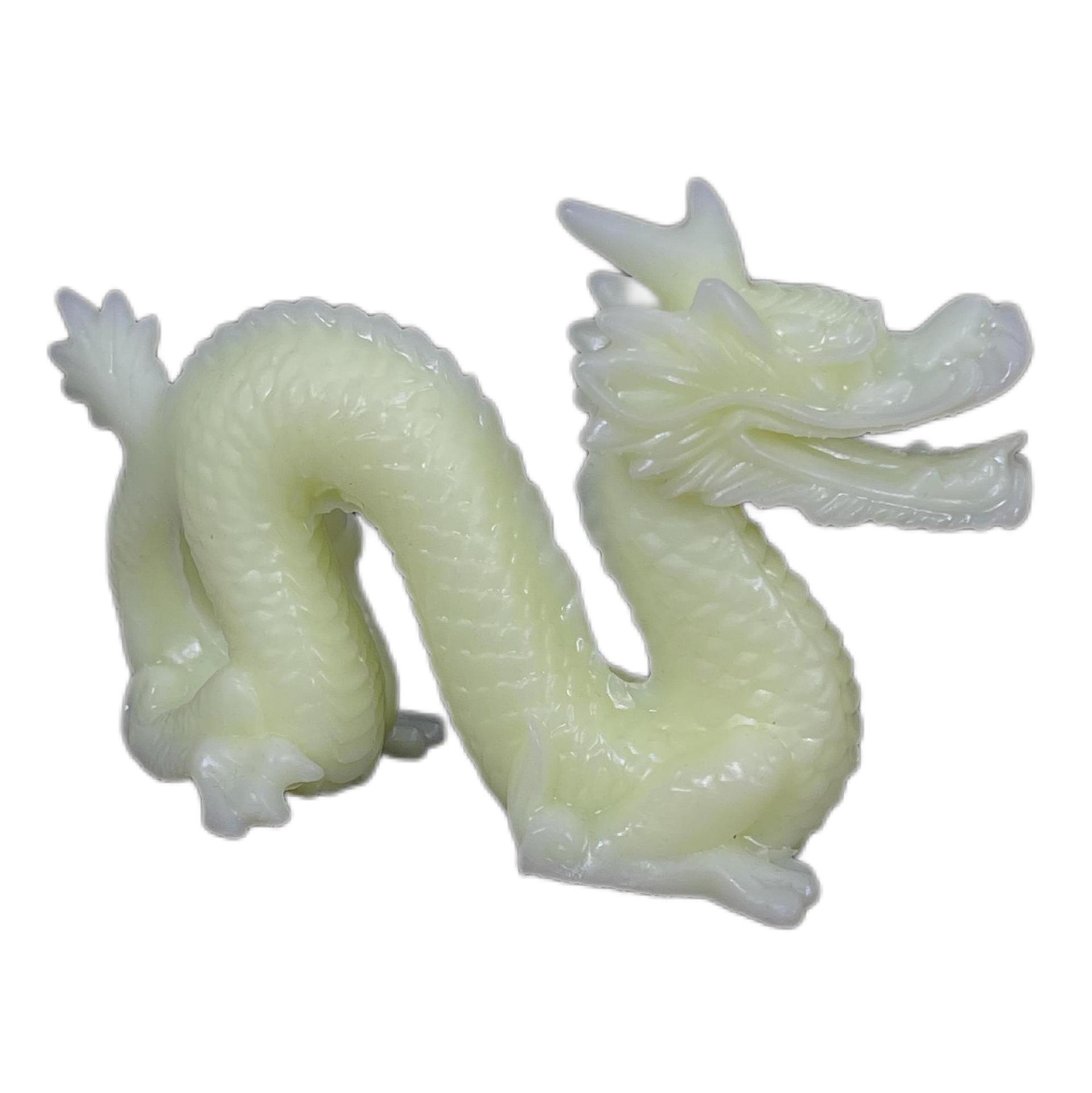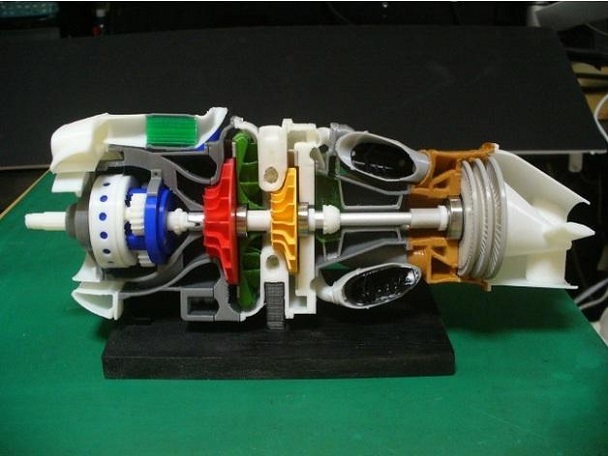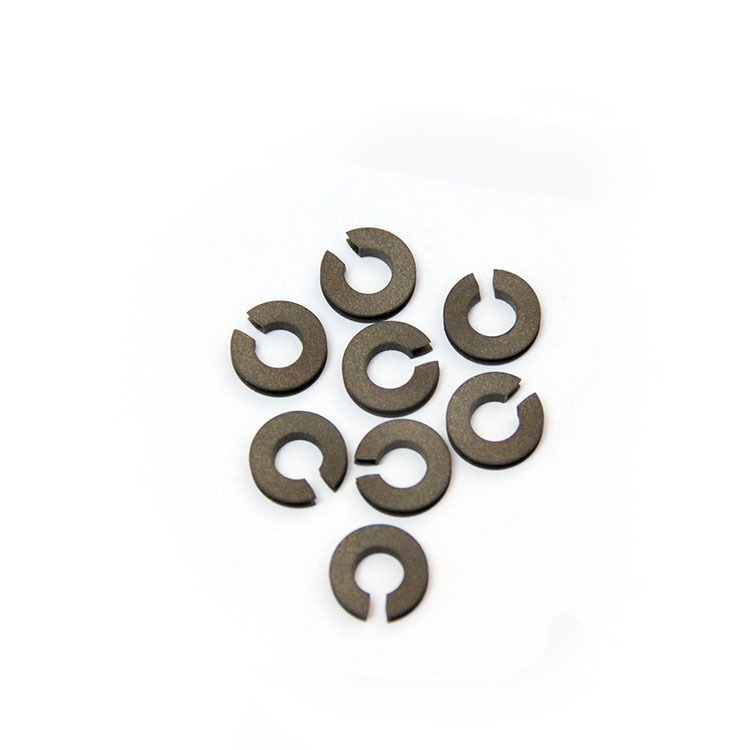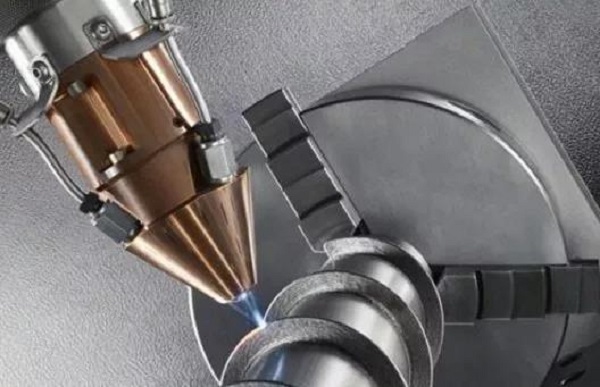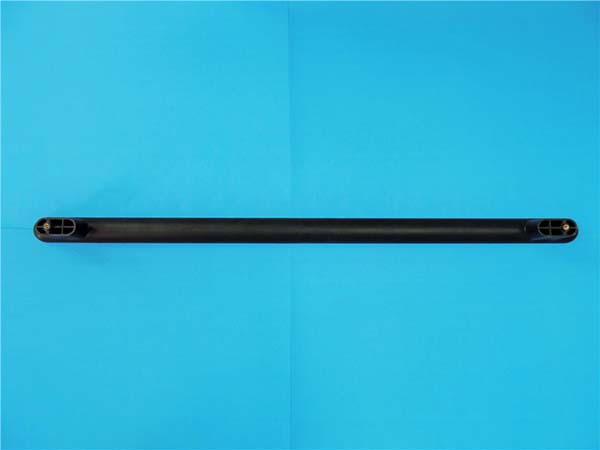Introduction
In the modern manufacturing landscape, metal 3D printing materials have emerged as a cornerstone technology, revolutionizing the way we create and produce metal components. As the demand for complex, high - performance, and customized metal parts continues to grow across industries such as aerospace, automotive, and healthcare, metal 3D printing materials play a crucial role in enabling the realization of these intricate designs.
Unlike traditional manufacturing methods that often involve subtractive processes (removing material from a larger block), 3D printing, also known as additive manufacturing, builds objects layer by layer from a digital model. This unique approach allows for the creation of parts with complex geometries that were previously difficult or impossible to manufacture, while also reducing material waste. The choice of metal 3D printing material is of utmost importance as it directly impacts the mechanical properties, performance, and cost - effectiveness of the final product.
In the following sections, we will delve into the various types of metal 3D printing materials, their unique characteristics, applications, and how to choose the right one for your specific needs. Whether you are a novice exploring the potential of 3D printing or an industry professional looking to expand your knowledge, this guide will provide valuable insights into the world of metal 3D printing materials.
Types of Metal 3D Printing Materials
Stainless Steel
Stainless steel is a popular choice for metal 3D printing, especially grades like 316L and 17 - 4PH. 316L is known for its excellent corrosion resistance, making it suitable for applications in marine and chemical industries. It contains a significant amount of chromium (around 16 - 18%) and nickel (10 - 14%), along with molybdenum (2 - 3%) which further enhances its corrosion resistance.
17 - 4PH, on the other hand, is a precipitation - hardened stainless steel. It offers high strength and hardness after heat treatment, with applications in aerospace, oil and gas, and mechanical engineering. It contains copper (3 - 5%) and niobium (0.15 - 0.45%) which contribute to its precipitation - hardening properties.
Here is a comparison in tabular form:
| Property | 316L Stainless Steel | 17 - 4PH Stainless Steel |
| Chemical Composition | High Cr (16 - 18%), Ni (10 - 14%), Mo (2 - 3%) | Cr (15 - 17.5%), Ni (3 - 5%), Cu (3 - 5%), Nb (0.15 - 0.45%) |
| Tensile Strength (MPa) | 485 - 620 | 1035 - 1310 (after heat treatment) |
| Yield Strength (MPa) | 170 - 205 | 930 - 1170 (after heat treatment) |
| Elongation (%) | 40 - 60 | 10 - 18 |
| Corrosion Resistance | Excellent, especially in chloride - containing environments | Good, enhanced by heat treatment |
| Common Applications | Marine equipment, chemical processing, food industry | Aerospace components, oil and gas valves, high - strength mechanical parts |
Aluminum Alloys
Aluminum alloys are highly desirable for 3D printing due to their low density, high thermal and electrical conductivity, and good corrosion resistance. For example, Scalmalloy, developed by Airbus, is a high - strength aluminum - magnesium - scandium alloy. It has a density of only 2.67 g/cm³, yet can achieve a tensile strength of up to 520 MPa and a yield strength of 480 MPa.
In the aerospace industry, 3D - printed aluminum alloy parts can significantly reduce the weight of aircraft components, leading to improved fuel efficiency. For instance, Airbus has used Scalmalloy to create 3D - printed cabin isolation structures that are 45% lighter (30 kg lighter) than previous designs. In the automotive industry, aluminum alloy 3D - printed parts are used in engine components and chassis parts to reduce vehicle weight and improve performance.
Titanium Alloys
Titanium alloys, such as Ti - 6Al - 4V, are prized for their high strength - to - weight ratio and excellent biocompatibility. With a density of about 4.5 g/cm³, which is approximately half that of steel, titanium alloys can provide high strength while keeping the weight down. In the aerospace industry, they are used in critical components like turbine blades and aircraft structural parts. For example, GE Aviation has used 3D - printed titanium alloy components in their engines, which can withstand high temperatures and mechanical stress.
In the medical field, titanium alloys are used for implants such as hip replacements and dental implants due to their biocompatibility. Ti - 6Al - 4V has a tensile strength of around 900 - 1100 MPa and a yield strength of 830 - 1030 MPa, making it suitable for withstanding the mechanical forces in the human body.
Cobalt - Chrome Superalloys
Cobalt - chrome superalloys are known for their high wear resistance and excellent stability at high temperatures. These properties make them ideal for applications in dental implants and aerospace engine components. In dental applications, cobalt - chrome alloys are used to create crowns, bridges, and implant frameworks. Their biocompatibility and corrosion resistance ensure long - term performance in the oral environment.
In the aerospace industry, they are used in the hot - section components of jet engines, such as turbine blades and combustion chambers. These components need to withstand extreme temperatures and mechanical stress during engine operation. For example, in a typical jet engine, the turbine blades made of cobalt - chrome alloys can operate at temperatures up to 1000°C while maintaining their mechanical integrity.
Nickel Superalloys (Inconel)
Nickel - based superalloys, like Inconel, offer outstanding mechanical properties and corrosion resistance at high temperatures. Inconel 625, for example, contains a high percentage of nickel (over 60%) along with chromium (20 - 23%) and molybdenum (8 - 10%). This alloy can maintain its strength and integrity in extreme environments, such as those found in the oil and gas, aerospace, and power generation industries.
In oil and gas pipelines, Inconel is used in components that are exposed to high - pressure, high - temperature, and corrosive fluids. In aerospace, it is used in engine components like afterburners and exhaust systems, where it can endure the high - temperature exhaust gases. The alloy's tensile strength at room temperature can be over 760 MPa, and it can maintain a significant portion of its strength even at temperatures up to 700°C.
Precious Metals
Precious metals like gold and silver are used in 3D printing, primarily in the jewelry industry. Gold, with its beautiful color and high corrosion resistance, allows for the creation of intricate and detailed jewelry designs. 3D printing enables the production of complex shapes that would be difficult to achieve with traditional jewelry - making methods. Silver, known for its luster and relatively lower cost compared to gold, is also used in 3D - printed jewelry. It can be alloyed with other metals to improve its mechanical properties while still maintaining its aesthetic appeal. For example, sterling silver, which is 92.5% silver and 7.5% other metals (usually copper), is a popular choice for 3D - printed silver jewelry.
Metal Material Cost Considerations
The cost of metal materials for 3D printing can vary significantly and is a crucial factor to consider. Metal powders, which are commonly used in powder - bed fusion 3D printing technologies (such as Selective Laser Sintering - SLS and Electron Beam Melting - EBM), can be quite expensive. For example, titanium alloy powders used in aerospace applications can cost upwards of \(100 per kilogram, while stainless - steel powders are relatively more affordable, with prices ranging from \)20 - $50 per kilogram.
The cost of the metal powder directly impacts the final cost of the 3D - printed part. A complex, large - scale part will require more powder, thus increasing the material cost. However, there are ways to mitigate these costs. Design optimization is a key strategy. By using topology optimization techniques, engineers can reduce the amount of material needed in a part without sacrificing its structural integrity. For instance, a part that was originally designed with a solid structure can be optimized to have a lattice - like internal structure. This not only reduces the weight of the part but also significantly cuts down on the amount of metal powder required.
Another way to manage costs is by choosing the right 3D printing technology. Binder jetting, for example, generally uses less expensive metal powders compared to powder - bed fusion methods. In binder jetting, a liquid binder is used to selectively bond the metal powder layers, and the part is then sintered in a furnace to densify the metal. Although the post - processing steps in binder jetting can be complex, the overall cost of the metal powder is often lower, making it an attractive option for cost - sensitive applications.
In addition, considering the total cost of ownership, including equipment, maintenance, and post - processing, is essential. Some high - end 3D printing machines for metal printing can cost hundreds of thousands of dollars, and their maintenance costs can be substantial. However, as the technology advances and economies of scale come into play, the cost of both the equipment and the materials is expected to decrease, making metal 3D printing more accessible and cost - effective for a wider range of applications.
Yigu Technology's Perspective
As a non - standard plastic metal products custom supplier, Yigu Technology highly values the role of metal 3D printing materials in modern manufacturing. Metal 3D printing materials offer us the flexibility to create custom - designed metal components with high precision and complex geometries that are otherwise difficult to achieve through traditional manufacturing methods.
The ability to quickly prototype using metal 3D printing materials reduces the time - to - market for our clients' products. For example, when developing a new non - standard metal part for a client in the automotive industry, we can use 3D - printed metal prototypes to test the design and functionality before mass production. This not only saves costs but also ensures that the final product meets the highest quality standards.
Moreover, the wide variety of metal 3D printing materials available, such as stainless steel, aluminum alloys, and titanium alloys, allows us to select the most suitable material for each specific application. This enables us to provide our clients with products that have excellent mechanical properties, corrosion resistance, and heat resistance, tailored to their unique requirements.
